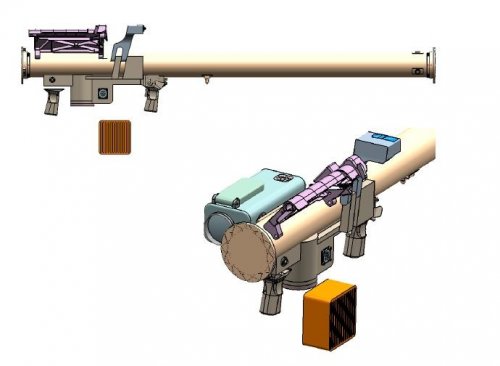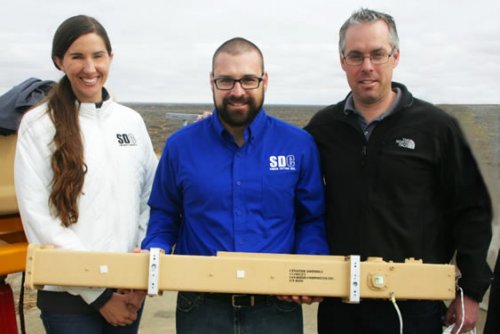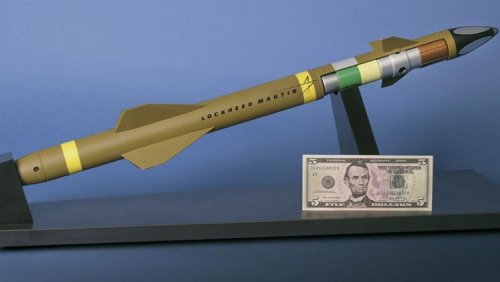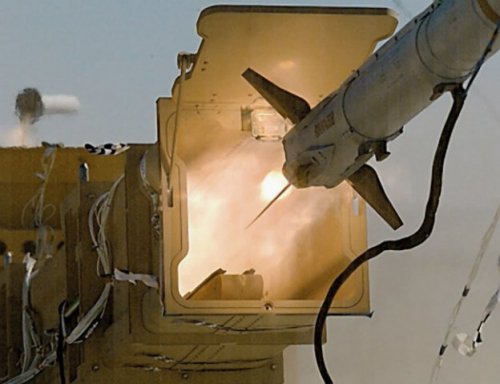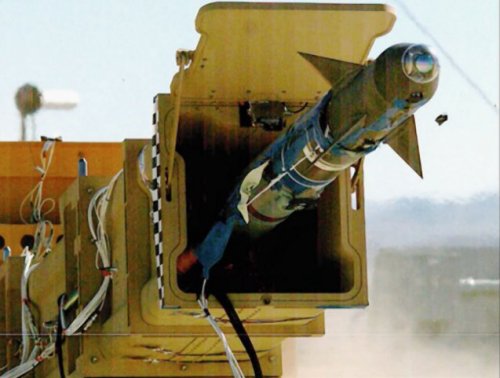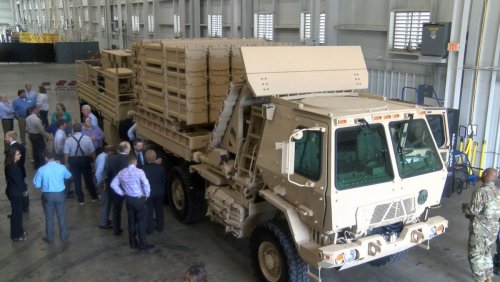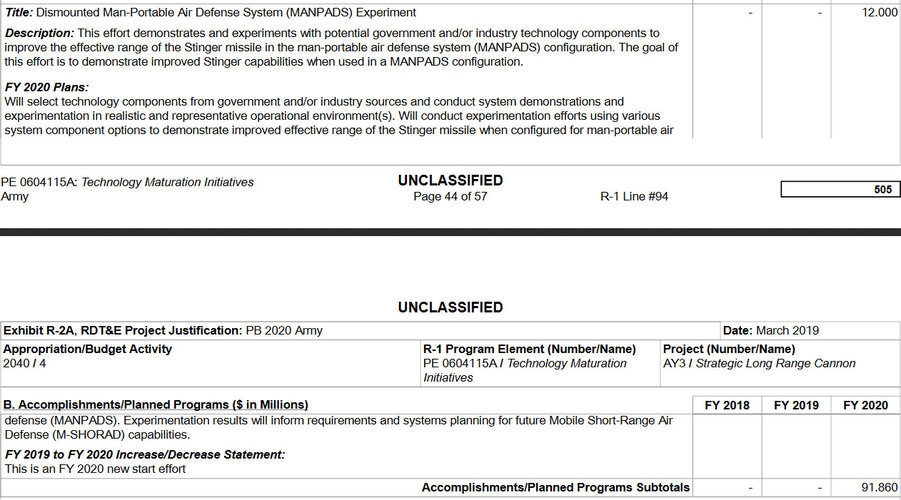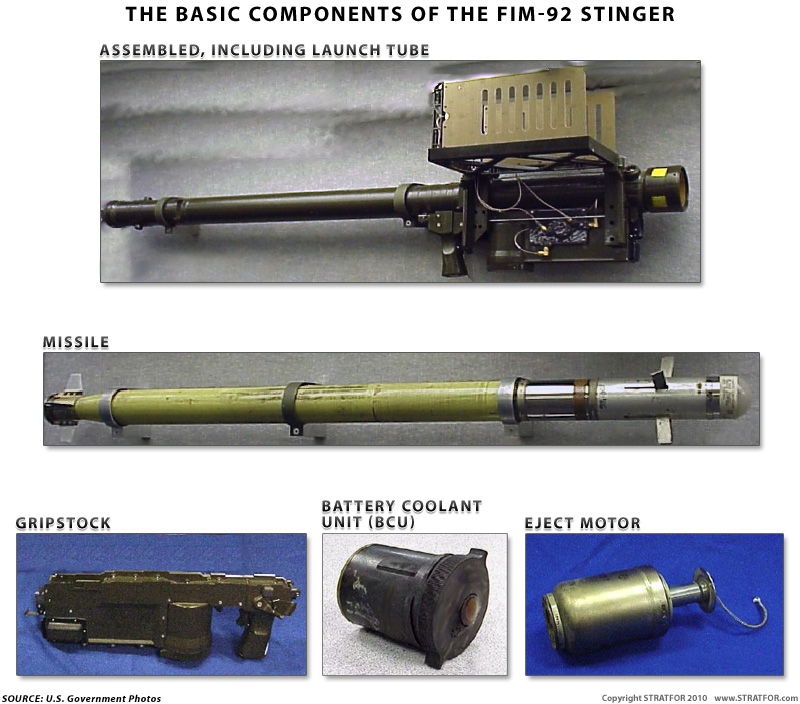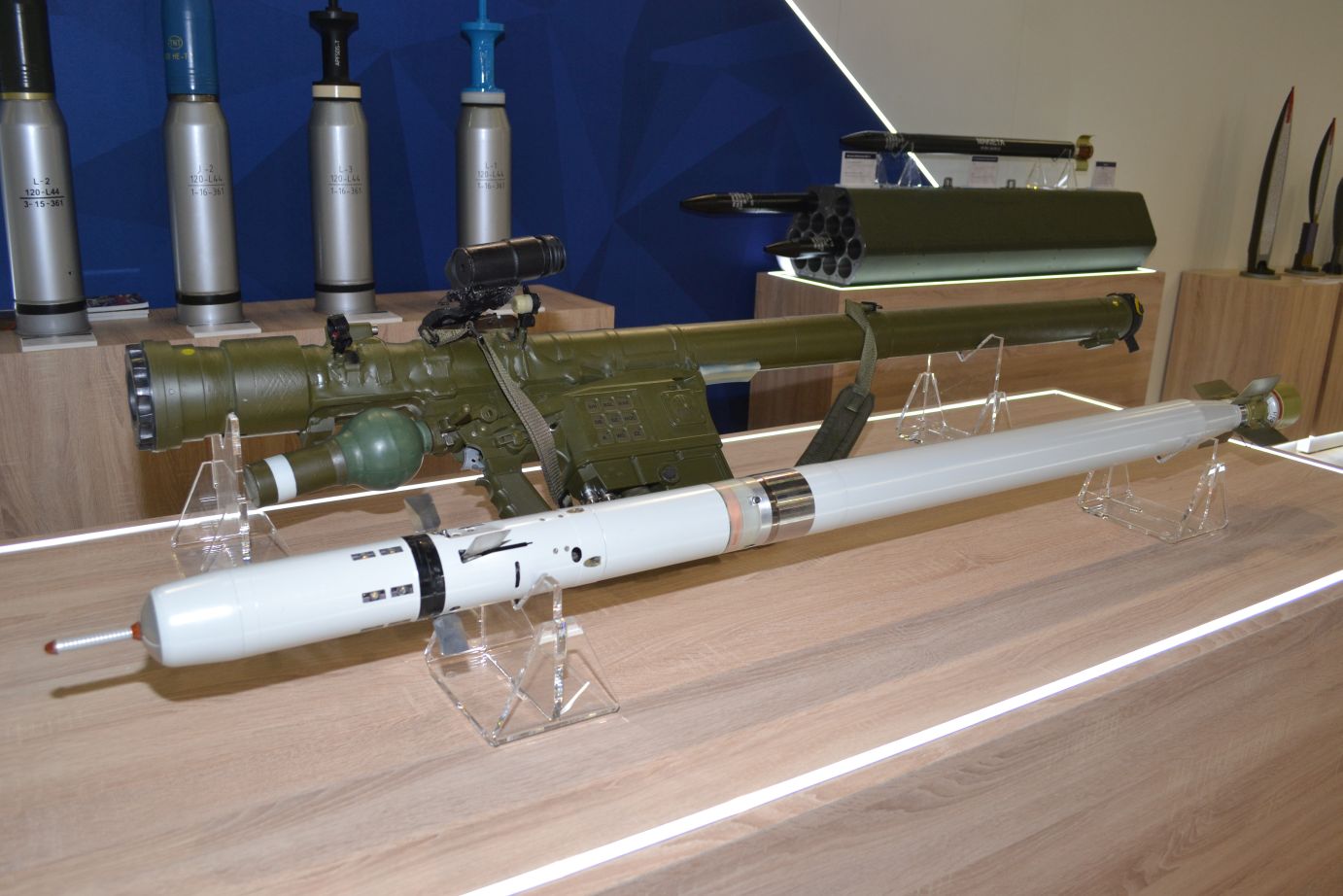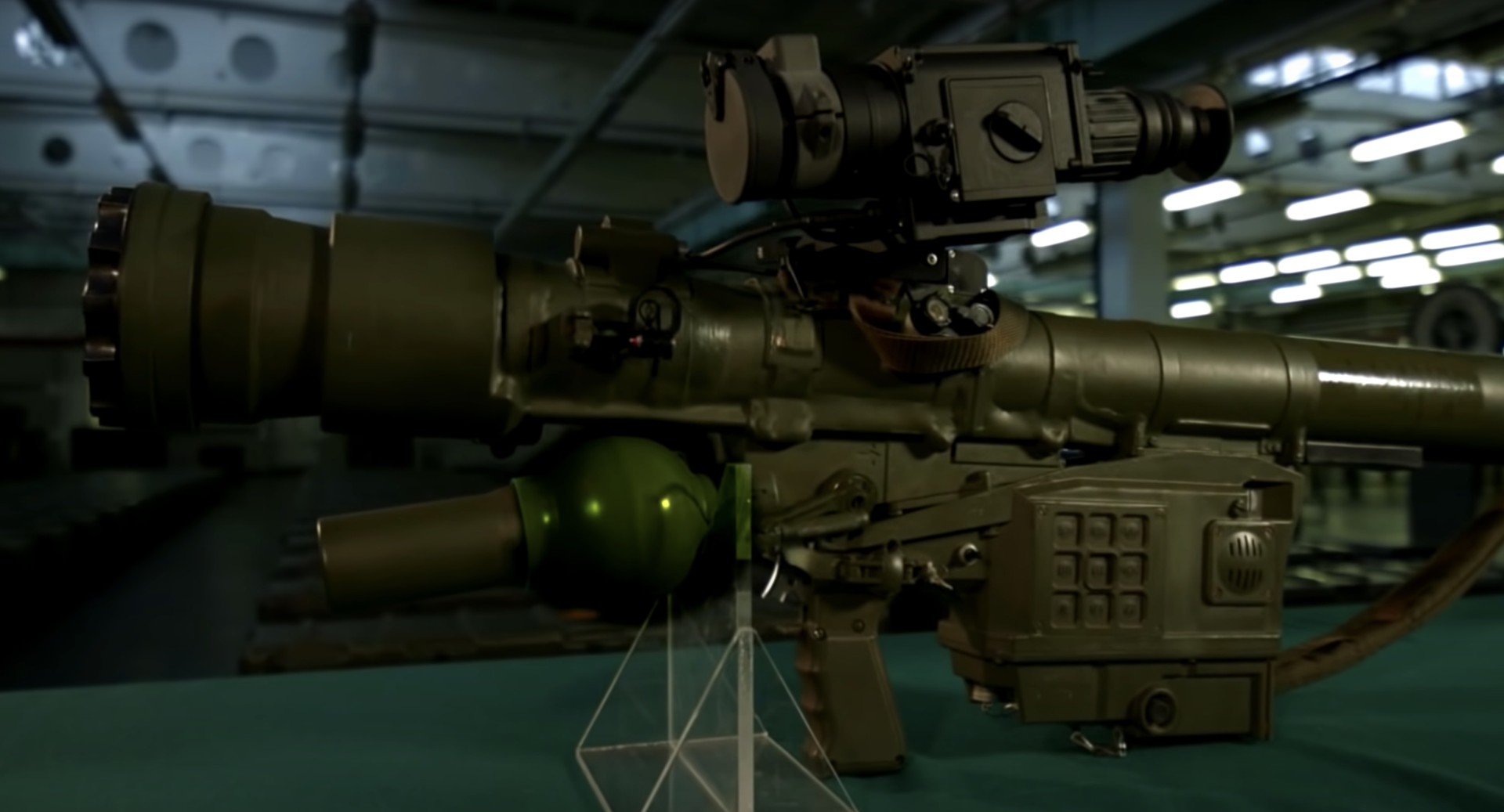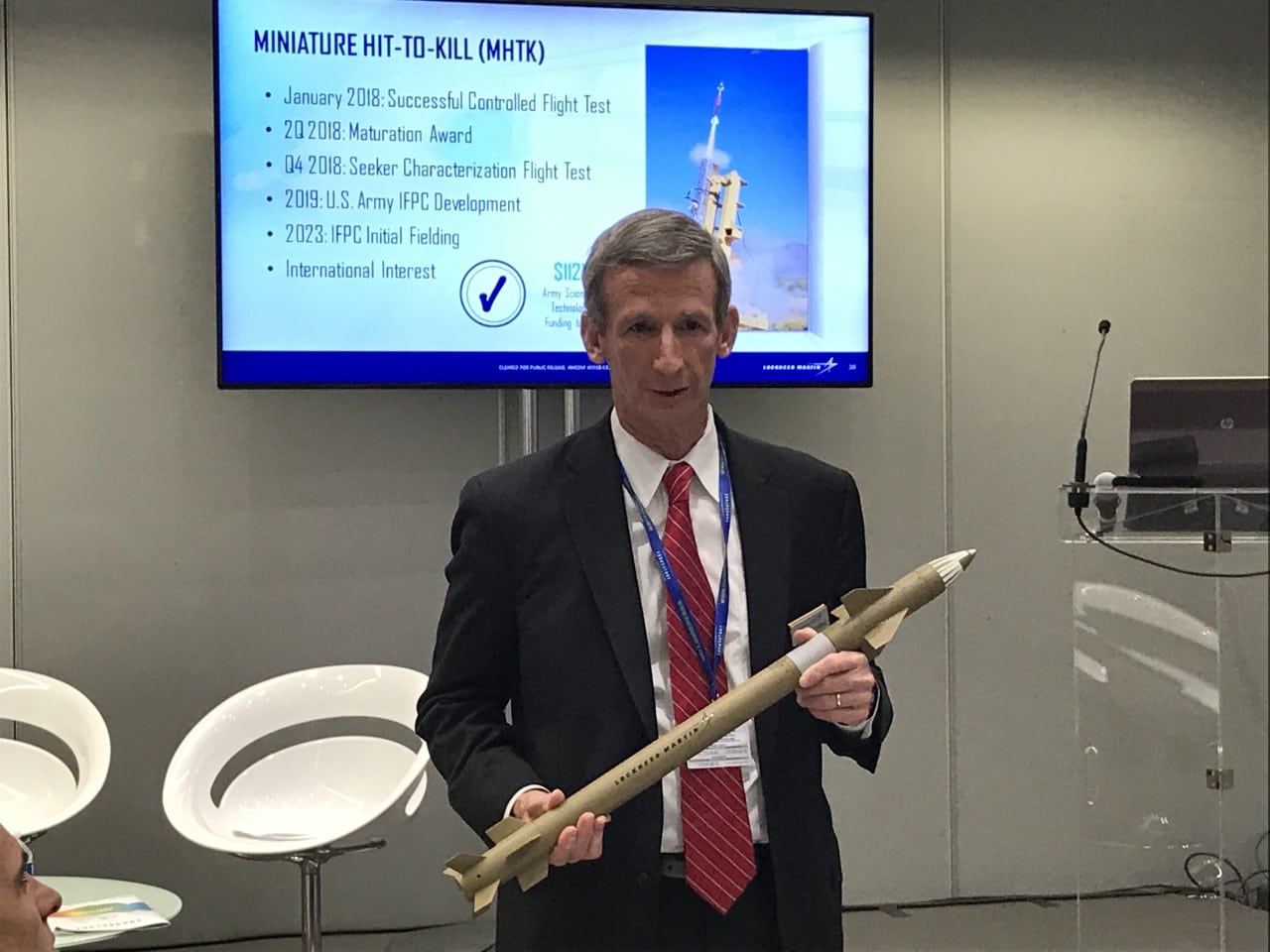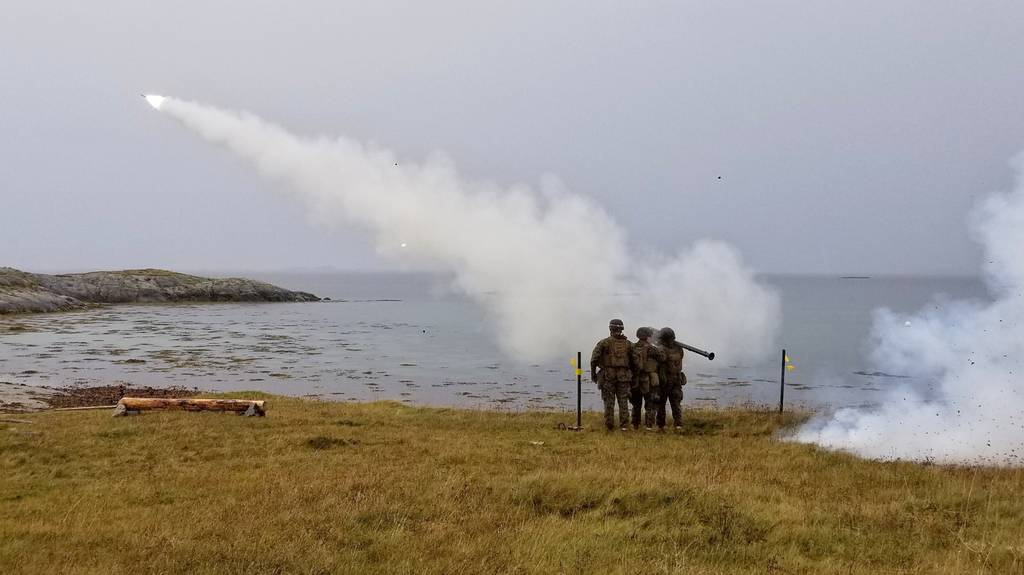As Defence24.pl learns, Mesko Skarżysko has positively concluded negotiations with the US Department of Defense. The US government’s order will eventually include several hundred missile sets. These systems are the most modern very short-range weapons used by the Polish Army. Lightning plays a key role in the air defense system, serving primarily against helicopters, attack aircraft and unmanned aerial vehicles.
The conducted negotiations and contracting constitute another element of the export offensive of Polska Grupa Zbrojeniowa. It is worth emphasizing that the entire implementation of this project, starting from the offer construction stage, through monthly reviews with the Ordering Party, risk management and organization of production processes, is carried out strictly according to the American methodology. Mesko introduces these new processes using the experience of other Group companies, such as WZE, WZU or ZM Tarnów, which have already gone through a similar path. In addition, the missile sets that we export are secured, inter alia, by an authorization system protecting against unauthorized use, under the strict control of the manufacturer. These solutions guarantee the safe use of the sets both by the Polish Armed Forces and after they are handed over to our allies
dr inż. Przemysław Kowalczuk, Member of the Management Board of Mesko SA for Development
The purchase of Pioruns by the United States is an achievement of the Polish arms industry, which will provide equipment to a very demanding user, but also a response to the needs reported by the American army, among others in connection with the threat from Russia. The US Army has to fill the “gap” in the potential of very short-range air defense. During the decades of reigning in the air, the Americans did not attach much importance to this, but the course of recent conflicts, for example in Ukraine, showed that there is a real threat to soldiers USA deployed in the areas of operations by enemy helicopters or unmanned aerial vehicles.
The Americans, to rebuild their capabilities, opted for portable MANPADS sets, due to their flexibility and high efficiency, at a relatively low cost. The first step towards restoring the direct air defense potential of US troops was to increase the use of Stinger kits and their partial modernization. However, it was decided that this was not enough and there was a need for a new generation of MANPADS sets with higher parameters, better suited to operation in the conditions of the modern battlefield. That is why the Americans decided to buy Piorunów. Previously, the Pentagon acquired a number of Grom kits, delivered in 2016 and 2018-19, which could have influenced the decision to acquire a newer Polish system.
Piorun was developed as a result of development work started in 2010 by a consortium consisting of Mesko SA, CRW Telesystem-Mesko and the Military University of Technology. Its main goal was to develop a new MANPADS as a result of the modernization of the existing Grom. The development of the new design was successfully completed after five years in 2015, and its public premiere took place during the 24th International Defense Industry Exhibition MSPO 2016 in Kielce, when it received the President of the Republic of Poland award.
In December of the same year, a contract was concluded with the Ministry of National Defense for the supply of 420 launchers and 1,300 missiles for the Polish Armed Forces with a deadline for completion by 2022. Lightning bolts can be fired from portable launchers, as well as from Pilica sets (used in the Air Force, in air defense units) and Poprad, used in all divisions of the Land Forces.
When developing it, it was decided, first of all, to increase the range and ceiling for the detection and countering of air targets, as well as to extend the capabilities compared to its predecessor, i.e. the Grom. In the starting mechanism, cooperation with targeting devices and a target type switch changing the guidance algorithm were introduced, new observation devices were installed on a rail, a new battery cassette and an authorization system for use were installed.
The homing head has been modernized through the use of a new detection system, new homing algorithms and a proximity sensor. The warhead, the starting engine and the coolant were also modified. As a result of the introduced changes, the sensitivity of detection, the range of detection and destruction of the target as well as resistance to interference have been increased. This system is infrared guided and can fight various types of air targets both day and night at a distance of up to 6500 meters, and at an altitude of 10 to 4000 meters.
Lightning portable kit Photo Mesko / Defence24 Facebook Twitter LinkedIn Copy link send email As Def

sparkchronicles.com

